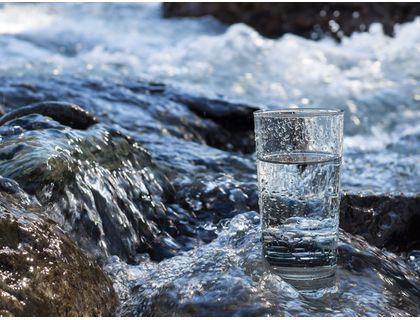0800 011 4531
Call FREE: Mon-Thu: 08:30-17:00 Friday: 08:30-16:00
Can you read product labels? Do you really understand them? Being a consumer today is hard. Product diversity, a lack of time or taking buying decisions based on your habits might make you not pay sufficient attention to the important information written on labels. We want to help you understand how mineral content of water influences bottled water’s classification.
Ingredients on your food and drinks make your diet more or less healthy. Sometimes, not being aware of this makes some people think two products are similar, when they are not.
If we focus on mineral and spring water, bottled to be consumed by humans, we see that they are distinct because of the mineral and trace elements in their composition, as well as their underground origins and original purity. However, they are different because the first one presents chemical consistency. Also, they are not identical, and their different composition puts them in two different groups, which is then reflected on their labeling.
Thus, we can find mineral water that is:
The label will also indicate if it’s mineral natural water fit for children’s meals, if it’s diuretic or if it may have any laxative effects.
Knowing the mineral content of water will simplify your choice of picking the right water for you or your family. This is important not only for hydrating, but also because the mineral content of water can have direct positive effects in your organism.
Geological layers preserve water’s purity: as the saying goes, “nature knows best”. Eden takes care of your health by carefully selecting springs and respects the environment by practicing local distribution, among other things.
At Agua Eden, water comes from six springs:
The food pyramid from the NAOS strategy recommends drinking between 1 and 2 litres of water per day, and considers it essential for nutrition. If nature provides mineral water with unique taste and contents and, depending on its origin, makes it have unique characteristics, why not choose to drink the most natural water?
